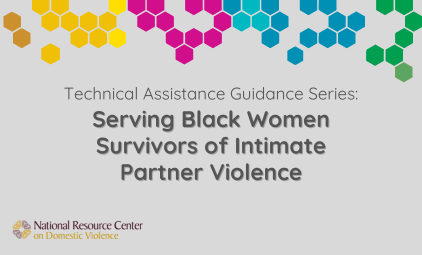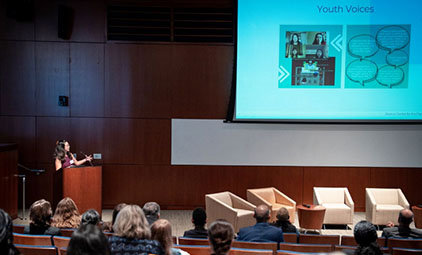Sexual Assault Response Teams (SARTs) provide an organized and community-based response to sexual assault, bringing together a collection of stakeholders including rape victim advocates, medical/forensic examiners, law enforcement, and prosecutors. They also sometimes include members of faith communities and other social services. To understand how an effective SART works, NIJ-funded researchers studied the structure and operations of SARTS across the United States. Overall, researchers concluded that SARTs need to have a sufficient amount of structure to be very effective and that “SARTs need to develop a high degree of collaborative relationships across a diverse group of sexual assault stakeholder groups, both from the criminal and noncriminal justice sectors.”
General Material
Published Date
July, 2017
Publisher(s)
Material Categories












